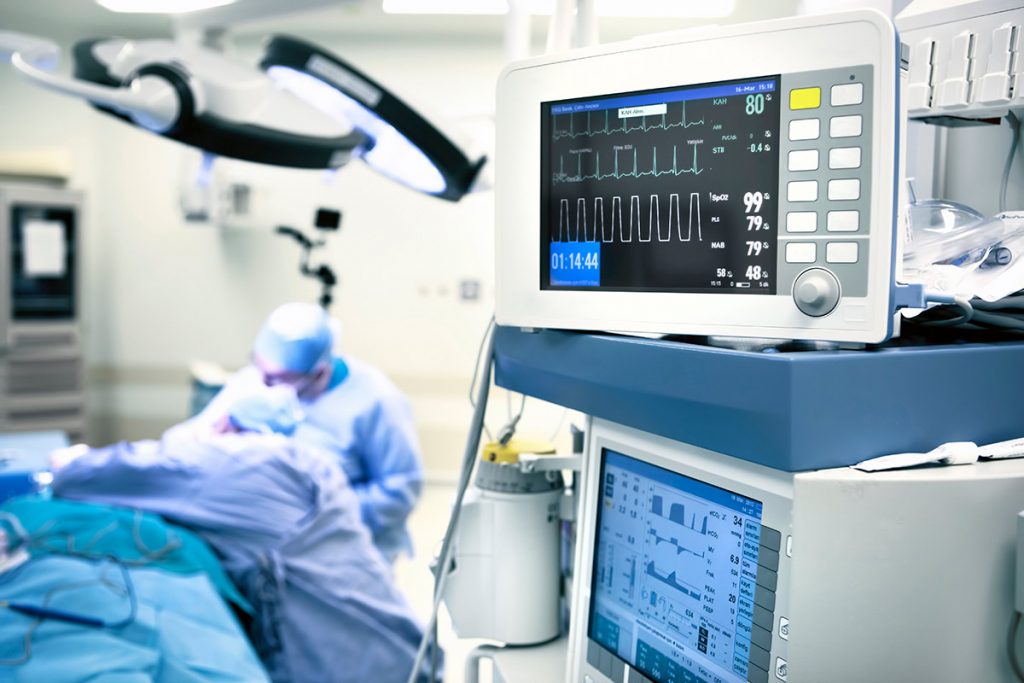Our Services

Obstetric Anesthesia:
The demand for epidural anesthesia for labor and delivery has increased dramatically due to the proven safety and benefits of this resource. During childbirth, the anesthesiologist manages the care of two patients, providing effective pain relief for the mother while maintaining a high degree of safety for her unborn infant.
Cardiac:
The specialty of cardiac anesthesia has evolved within the past 50 years, requiring a new understanding of cardiac pathophysiology and the interaction with anesthesia. The greatest recent impact on the subspecialty was the contribution of cardiac anesthesiologists to the introduction of transesophageal echocardiography (TEE) for intraoperative use. The TEE monitors heart function during surgery, identifies abnormal blood flow between the chambers of the heart, and aortic dissection (tears). Central Wisconsin Anesthesiology, S.C. has a team of physicians fellowship trained in cardiothoracic anesthesiology.
Orthopedic:
Your surgeon may request that a regional nerve block be administered to help manage your postoperative pain. The anesthesia for the surgical procedure is a separate component independent of the nerve block.
If you receive a single shot nerve block, you can expect up to 4-24 hours of pain relief after surgery, the exact duration of analgesia (full or partial relief of painful sensations) depends on many factors. Single shot nerve blocks are often used for pain control after orthopedic (bone and joint) surgery.
Pediatric Anesthesia:
Pediatric anesthesiology is a
specialty area of practice. The primary focus of our anesthesiologists
and CRNAs is to ensure that your child is provided with exceptional care
resulting in the best surgical outcomes possible. This is accomplished by
tailoring specific treatment plans based on your child’s age, size, and medical
conditions. Your child’s anesthesiologist will meet with you prior to
surgery to answer your questions and address all concerns.
Anesthesia outside the
operating room:
As medical technology has progressed, so has the need for anesthesiologists to care for patients during uncomfortable or prolonged procedures in locations other than the traditional operating suite. These procedures frequently include radiological imaging, placement and testing of cardiac pacemakers and defibrillators, cardiac catheterizations and angioplasty procedures (should emergency airway management or resuscitation become necessary), gastric endoscopy and lithotripsy.
It would be considerably more difficult to perform many of these tests on infants and young children without the use of anesthesia or various sedation techniques.
